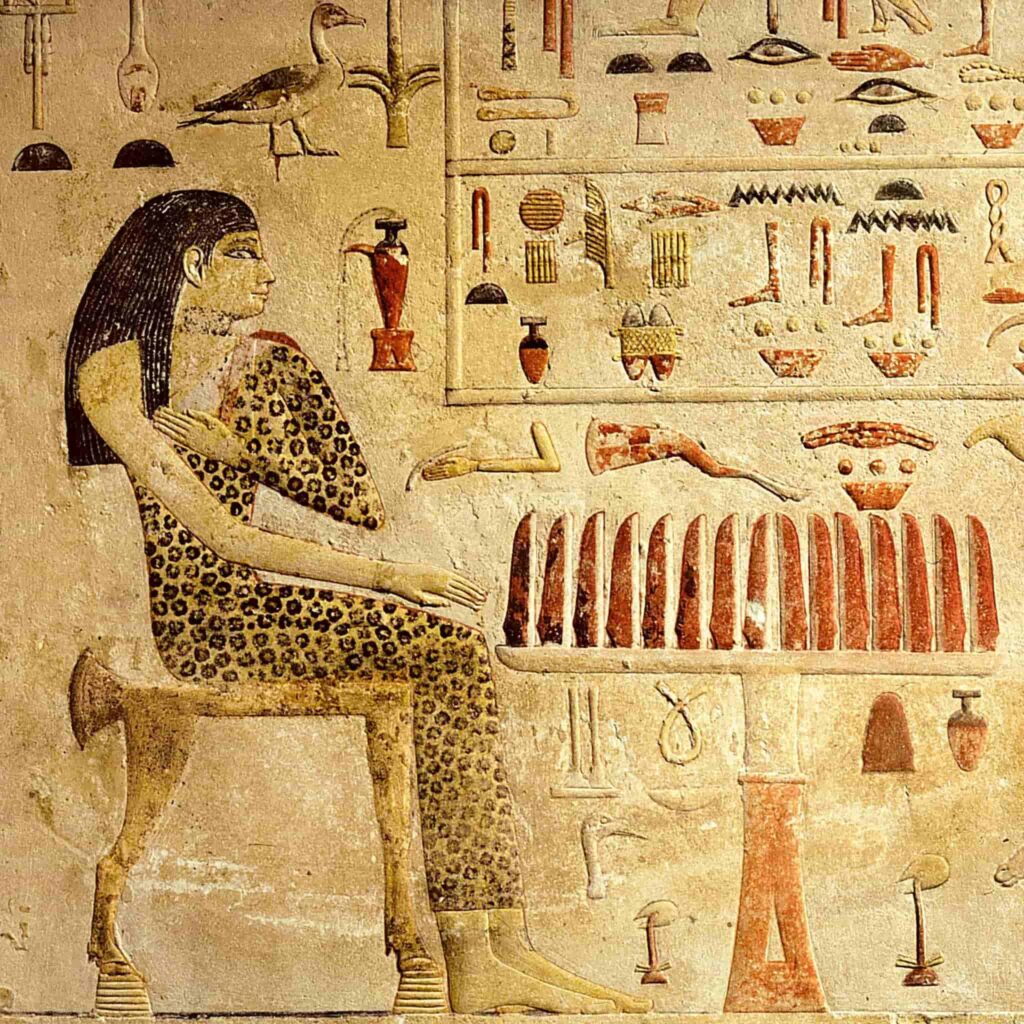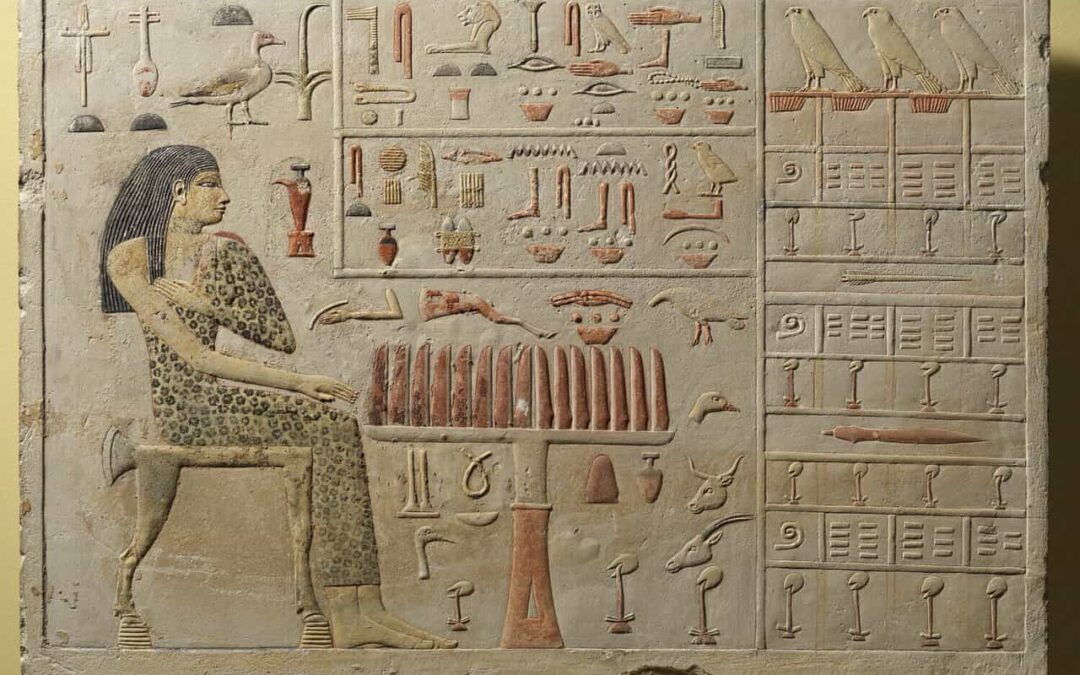Atherton Curtis was a renowned American art collector. Curtis, who possessed an impressive collection of ancient Egyptian artifacts, was also well-known for his involvement as a patron of institutions and museums. This activity was notable for both his first wife, Louise, and his second wife, Ingeborg.
In 1938, Curtis made a significant donation to the Louvre Museum in Paris, consisting of no less than 1,500 pieces. Among these artifacts was a stunning funerary stele dating back to the Old Kingdom (2686-2125 BC), specifically from the IV Dynasty, from the tomb of an ancient princess named Nefertiabet.
The tomb of Nefertiabet (G 1225), located in the western cemetery of Giza, was discovered in 1902 by the British archaeologist Montague Ballard, who had secured a concession to excavate the site.
During his brief time in Egypt, Ballard came across the tomb of the princess along with her magnificent stele and little else. Eventually, all the objects he uncovered ended up in private hands.
Once in the museum, the stele became a part of the so-called “Curtis Legacy,” which comprised a substantial number of objects donated by the collector. Following Curtis’s passing in 1943, the stele became a permanent addition to the institution’s collection in Paris.
But who was this princess, and why was she buried with such an exquisitely crafted stele? Nefertiabet, whose name means “Beauty of the East,” was most likely the daughter of Pharaoh Khufu (although some researchers believe she was his sister), who was the architect of the Great Pyramid of Giza.
In any case, there is no doubt that she belonged to the royal family, a fact supported by the proximity of her tomb to the pharaoh’s pyramid, as well as the inscription on her stele, which reads, “The king’s daughter, Nefertiabet.”
Food for Eternity
The stele of Princess Nefertiabet, measuring 37.70 cm in height and 52.50 cm in width, stands as one of the oldest of its kind unearthed in Egypt. It portrays a scene that is quite common in the iconography of the Old Kingdom, albeit executed with exceptional mastery in this instance.
The highly stylized Nefertiabet is depicted in solitary splendor, seated upon a delicate stool adorned with bull’s legs, positioned before an offering table laden with slices of white bread.
The princess is garbed in a snug panther skin dress, symbolizing her role as a priestess, extending to ankle length and leaving one of her arms exposed. The other arm is crossed in front of her chest. Nefertiabet reaches her right hand towards the offerings of food, artfully arranged on the table and represented above and below it by hieroglyphics.
Nefertiabet’s profile features delicate chiseling, accentuating her eyes outlined with kohl and her neck adorned with a necklace. She wears a lengthy, black tripartite wig that leaves her ears exposed.
The hieroglyphs etched into the stone retain their color and pertain to the sustenance, beverages, incense, and other provisions provided for the soul of the departed Nefertiabet.
On the right side of the stele, the numerous pieces of fabric required for the mummification of the princess are meticulously detailed, specifying their quality and length.
Source: Carme Mayans. National Geographic







